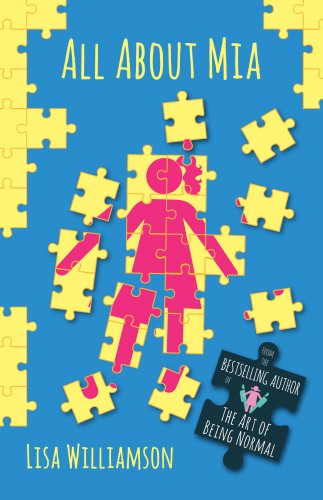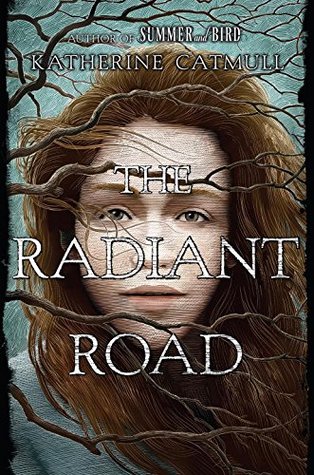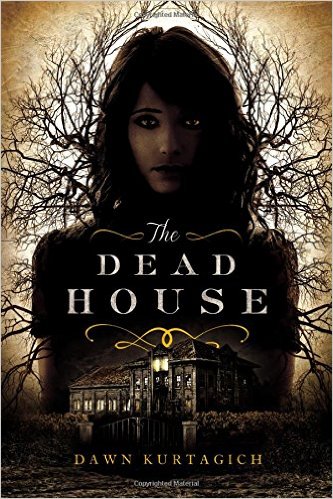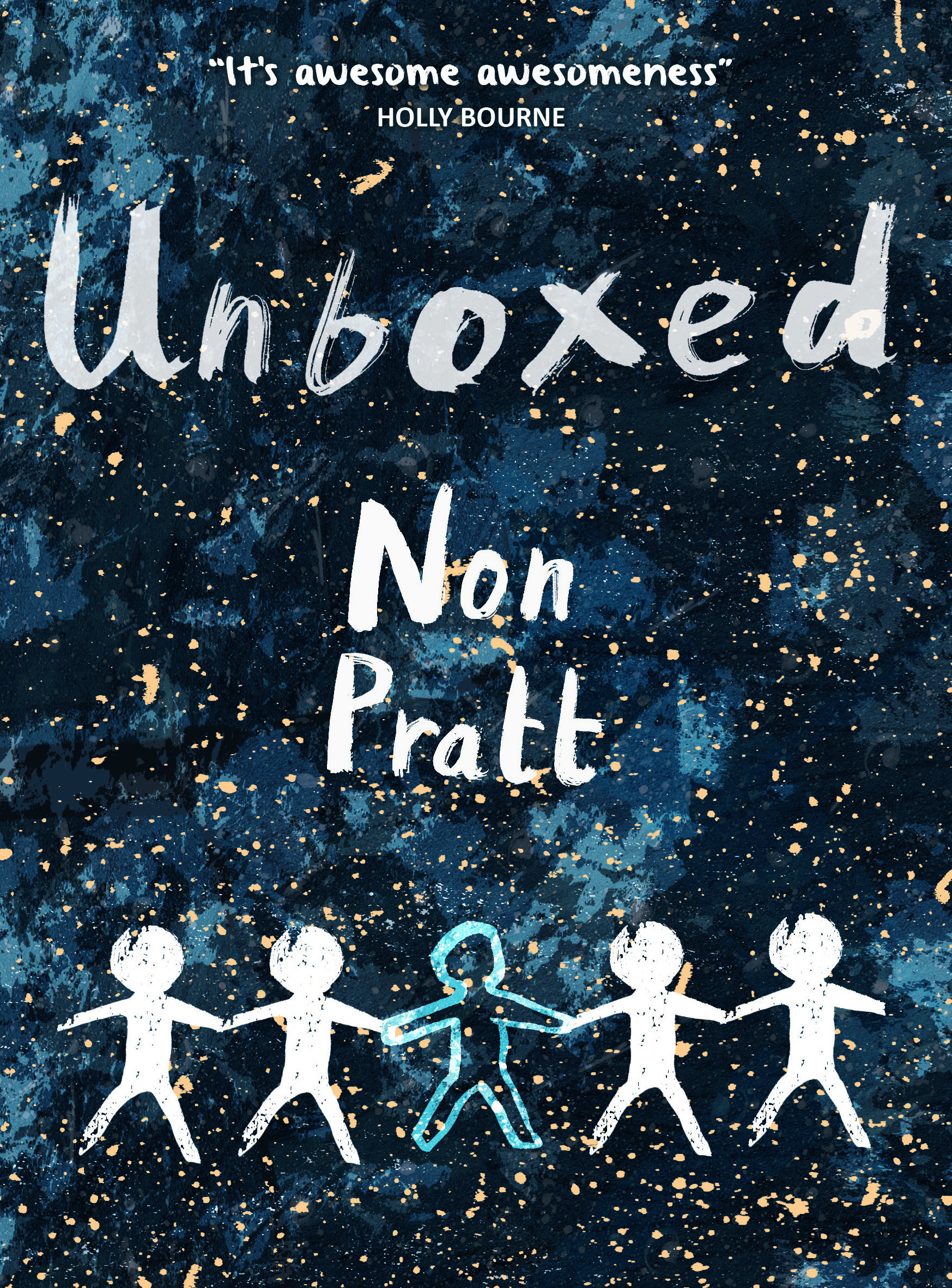Our final February Author Takeover comes from Lisa Williamson, whose second novel, All About Mia, is out now from David Fickling Books. In this standalone after her first book, The Art of Being Normal, Lisa now turns to look at family dynamics and the structure of sibling personality types. Lisa was fascinated by the things her research revealed about middle children. From Weasleys to Blacks, the Potterverse has a thing or two to say about complicated families, and Lisa’s own characters are far from simple, even if they don’t have any magic.
ONE FAMILY, THREE SISTERS.
GRACE, the oldest: straight-A student.
AUDREY, the youngest: future Olympic swimming champion.
And MIA, the mess in the middle.
Mia is wild and daring, great with hair and selfies, and the undisputed leader of her friends – not attributes appreciated by her parents or teachers. When Grace makes a shock announcement, Mia hopes that her now-not-so-perfect sister will get into the trouble she deserves. But instead, it is Mia whose life spirals out of control, and she starts to realize that her attempts to make it All About Mia might put at risk the very things she loves the most.
The Muggle in the Middle
I’ve always been fascinated by birth order and how our siblings (or lack of siblings) impact our development, so it’s no real surprise to me that my second novel, All About Mia, is all about sisters. It’s told from the point of view of middle child Mia and charts her erratic and complex relationship with the high-achieving sisters she’s sandwiched between. In an early draft of the book, Mia describes herself as “the Muggle in the middle,” and I think that pretty accurately sums up how she feels a lot of the time – constantly in the shadows of her dazzlingly talented siblings.
I have one older sister but grew up longing for more. Three years my senior, she was always very stingy with her time and attention, preferring to do her own thing no matter how hard I begged her to play with me. As an adult, I love time alone, but when I was younger, I constantly craved company and so found myself turning to books for entertainment. My favorite stories tended to feature big families (The Famous Five, Little Women, Five Children and It) or boarding schools (Malory Towers, St Clare’s, Chalet School). I think I liked boarding school stories so much because the enforced closeness between the boarders almost mimicked that of a large family. I suspect this obsession with big messy families may account for the fact almost all of my favorite scenes in Harry Potter are the more domestic ones and usually take place either at the Weasleys’ or in the common room or dormitories.
In the process of researching All About Mia, I read lots of articles about birth order. Although the sisters in the book don’t conform to all the traits associated with being a typical younger, middle, or older sibling, they certainly exhibit some of the major ones. For example, oldest sister Grace is articulate and confident, middle child Mia is rebellious and justice seeking, and youngest sister Audrey is affectionate and easygoing. When I came to applying this research to the world of Harry Potter, I quickly discovered how few sets of siblings I had to work with. Indeed, it quickly became clear that Hogwarts is overrun with only children.
A startling number of the major players have no siblings, including Harry himself, Hermione Granger, Luna Lovegood, Severus Snape, Draco Malfoy, and Tom Riddle. While Draco is demanding and uncompromising and perfectly fits the well-worn “spoiled monster” stereotype, others on the list exhibit some of the more positive traits associated with only children. For example, Hermione’s academic ability is very possibly a direct result of having more attention from her parents as a child. Equally, only children are used to having to entertain themselves from an early age. This perhaps accounts for Luna’s flair for creativity and colorful imagination. In addition to being an only child, Harry is an orphan. His uncharacteristic upbringing at the Dursleys’ probably means he didn’t enjoy the same benefits Hermione and Luna experienced. Despite this, there is no denying Harry’s fierce independence, leadership skills, and diligence (all typical traits of only children).
It’s no real surprise that Harry gravitates towards Ron, the sixth of seven children, and his family. In Philosopher’s Stone, we can feel Harry’s palpable relief when he’s taken under the wing of Mrs. Weasley and bundled onto the Hogwarts Express with Ron.
In much the same way that Harry and Hermione have been shaped by their lack of siblings, his family has undoubtedly shaped Ron. In his own words:
“I’m the sixth in our family to go to Hogwarts. You could say I got a lot to live up to. Bill and Charlie have already left — Bill was Head Boy and Charlie was captain of Quidditch. Now Percy’s a prefect. Fred and George mess around a lot, but they still get really good marks and everyone thinks they’re really funny. Everyone expects me to do as well as the others, but if I do, it’s no big deal, because they did it first.“
Although at first glance, sexy and daring Mia appears to have very little in common with bumbling Ron, I suspect she would sympathize with his plight. Of Mia’s two sisters, Grace is incredibly academic, leaving school with record A Level results, while Audrey is a talented swimmer aiming for the 2020 Olympics. Although Ron is not technically a middle child, the achievements of his older siblings mean he often has to think outside the box to stand out. The same applies to Mia. With no obvious talent or skills, she often resorts to outrageous behavior in order to get noticed or feel special. In fact, the more I compared Ron and Mia, the more parallels I found. They can both be very funny, but their humor tends to be insensitive and very occasionally cruel. For example, in the second chapter of All About Mia, Mia cuts off a chunk of her best friend’s hair! They’re also prone to laziness, especially when it comes to schoolwork. Although generally regarded as open and honest, in Order of the Phoenix, Hermione describes Ron as having the “emotional range of a teaspoon” when he fails to react sensitively to Harry’s confusion over his kiss with Cho Chang. Likewise, Mia hides her insecurities with bravado, often burying more difficult emotions and hoping they’ll just go away, covering it all up with a “don’t care” attitude. Both Ron and Mia are prone to immaturity, but ultimately they learn to grow up. In Deathly Hallows, Ron experiences a sudden spurt in maturity following his row with Harry. Similarly, towards the end of All About Mia, Mia is forced to step up when Grace and Audrey truly need her. It is, of course, difficult to pinpoint exactly where all of these traits come from, but it’s undeniable that birth order has had an impact on Ron’s and Mia’s confidence and self-esteem in a way it may not have had if they had been the first or last born in their respective families.
Over the course of writing All About Mia, I had lots of casual discussions about birth order and the typical traits associated with first, last, and middleborns and only children. In almost every case, people held strong opinions as to whether they or their siblings fitted the stereotypes and why this might be. Why does one child conform, and the other rebel, for example? You only have to look at Bellatrix, Narcissa, and Andromeda Black for proof of just how different siblings can be! I’m writing a new book now (about an only child!), but I suspect my fascination with birth order will never go away.





